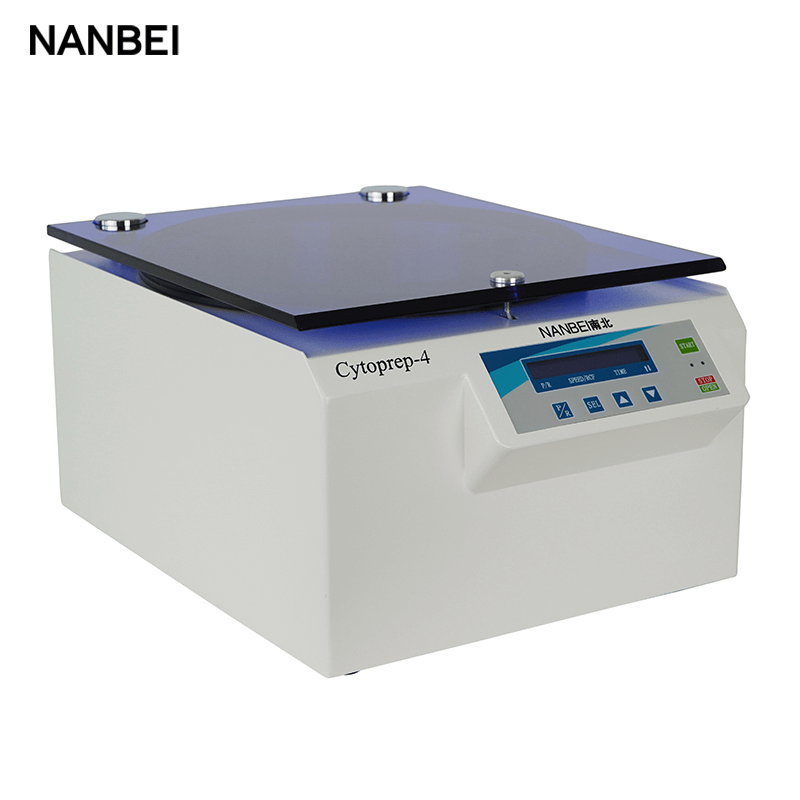-
 +8615890068607
+8615890068607
-
 +8615890068607
+8615890068607
-
 nanbeiinstrument@nanbei-china.com
nanbeiinstrument@nanbei-china.com
 Mobile:+86 15890068607
Mobile:+86 15890068607
Centrifuge is a special instrument that uses centrifugal force to separate and precipitate mixed solution. High speed refrigerated centrifuge is an indispensable tool in laboratory separation and preparation, and is widely used in many fields such as medicine and chemical industry.

Tips for using high-speed refrigerated centrifuge
1. When the desktop high-speed refrigerated centrifuge is in the precooling state, the centrifuge cover must be closed. After centrifugation, take out the centrifuge rotor and place it upside down on the test bench. Wipe off the residual water in the chamber, and keep the centrifuge cover open.
2. During ultracentrifugation, the centrifuge tube must be filled with liquid to avoid deformation. If the seal of the centrifuge tube cover is poor, the liquid cannot be filled to prevent overflow and affect the normal operation of the inductor.
3. When precooling, the rotor cover can be placed on the centrifuge platform or on the test bench. Do not put it on the rotor without tightening it, so as to avoid accidents caused by false start.
4. After tightening the rotor cover, be sure to touch whether there is a gap between the rotor and cover with your fingers. If there is a gap, unscrew it and retighten it until it is confirmed that there is no gap before starting the centrifuge.
5. Be sure to connect the grounding wire when using. The material added in the centrifuge tube shall be relatively balanced. If it causes imbalance on both sides, it will cause great damage to the centrifuge and shorten its service life.
6. During centrifugation, the operator shall not leave the centrifuge room.

The laboratory high speed refrigerated centrifuge is mainly used to collect microorganisms, cell fragments, cells, large organelles, sulfuric acid precipitates, immune precipitates, etc.
Previous: No Information